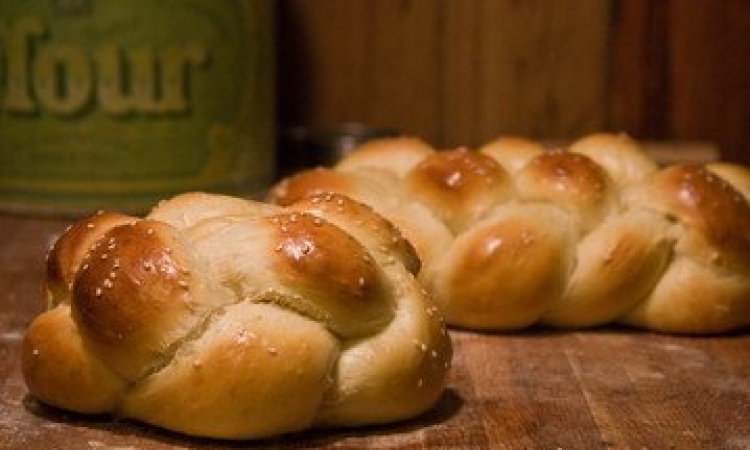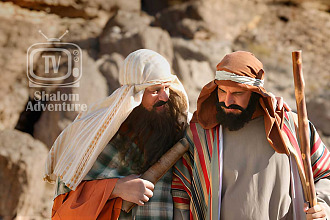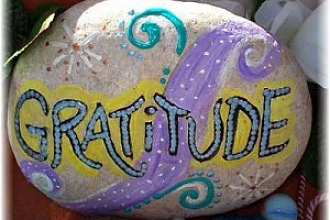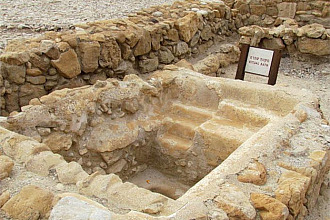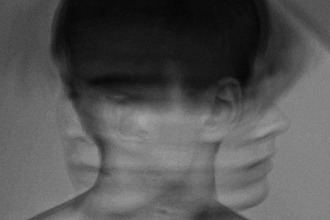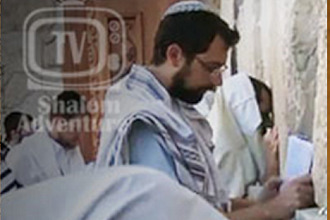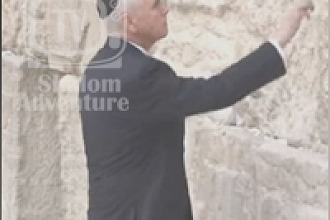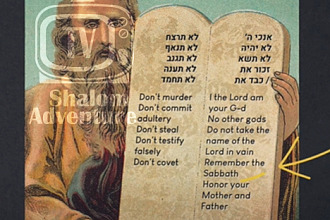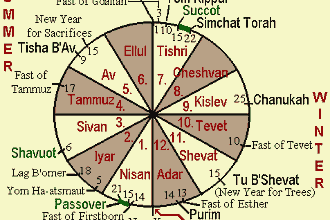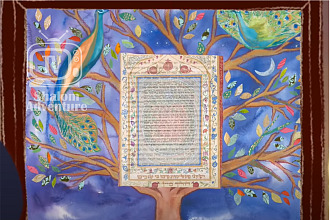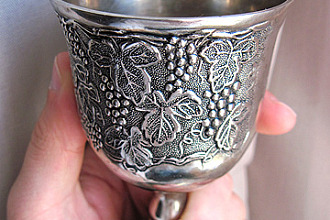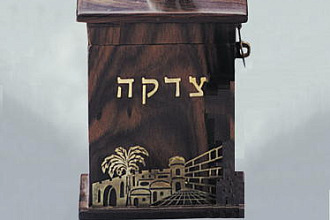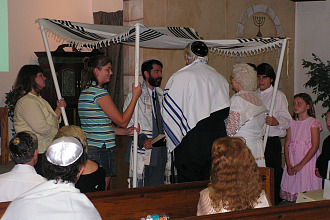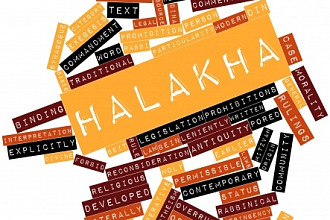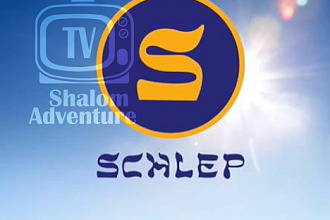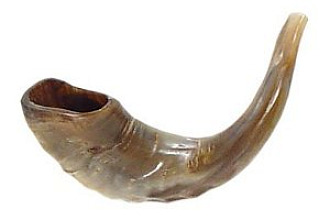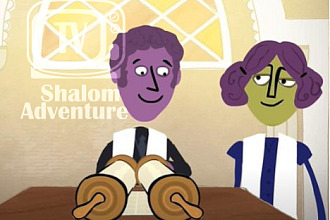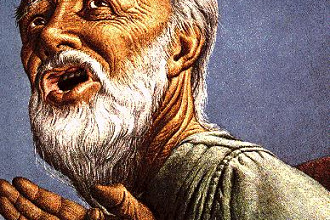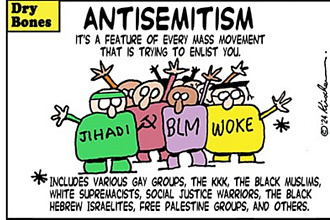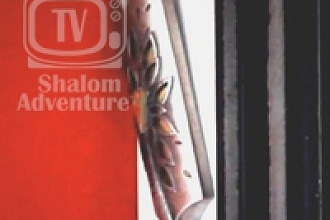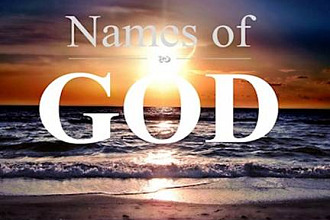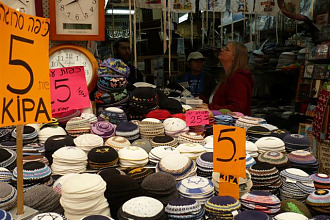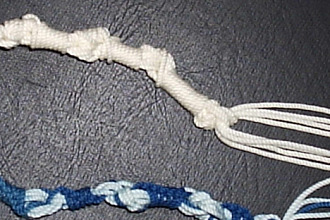Bread plays a very important role in Jewish tradition. In the Torah when Holy visitors come to visit Abraham we read, “Abraham hurried to the tent where Sarah was and said to her, ‘Hurry, prepare twenty quarts of fine flour, and make it into loaves of bread.’” Genesis 18:6.
When Israel was in the wilderness “Then the Lord said to Moses, ‘See, I will rain bread from heaven for you. The people will go out and gather a day’s share every day, so I may test them to see if they will follow My Law or not. On the sixth day they are to bring in twice as much as they gather each day.’” Exodus 16:4-5.
Bread also had an important place in the tabernacle. “’Take fine flour and bake twelve loaves of bread with it, using four quarts of flour for each loaf. Put them in two rows on the golden table before the Lord, six loaves in each row.’” Leviticus 24:5-6. Just as there were twelve tribes of Israel that followed God out of Egypt there were twelve loaves of bread that were to remain before the Lord in the temple. This reminds us of our dependence upon the Lord for deliverance and that God is enough to provide for all of us. Just as God helped Abraham and others God can help you too.
And when we are blessed we return what we have given to the Lord as a sign of gratitude. “Then Moses said to Aaron and his sons, ‘Boil the meat at the door of the meeting tent. And eat it there with the bread which is in the basket that was set apart as an offering. Just as I said, ‘Aaron and his sons will eat it.’” Leviticus 8:31 The bread was part of the offering that was given to sustain the Lord’s work by providing food for the priests. Bread was involved in a lot of important events in the Torah.
After the destruction of the temple in Jerusalem Rabbis created rituals to symbolically preserve the remembrance of some Biblical practices involve bread in day to day life. Rabbis insisted people practice hafrashat challah in which as small part of the bread dough is disposed of as a reminder of the offerings given in the temple. They also promoted backing two leaves of bread because when God sent manna in the Torah “On the sixth day they gathered twice as much bread, two jars for each person.” Exodus 16:22. And so challah bread has come to play an important role in Jewish tradition by combining various significate examples of bread in the Torah. (Fass, Jonathan 2012)
We normally may think of challah as being braided eggy loaf. But this is not necessarily true. For Sephardi Jews traditional challah looks like pita while braided challah bread of Ashkenazi Jews that we most often associate with Jewish bread has roots in medieval non-Jewish Eastern European tradition so what challah looks like is influenced by the surrounding culture. The shape of the bread can change based on the event as well as the culture. Challah can be a circle during Rosh HaShanah and some Ashkenazi Jews have a tradition of shaping it to look like a flower during Purim because of the song “The Rose of Jacob” which follows reading the Megillah. Moroccan Jews may bake bread referred to as Einei Haman which means “Haman’s eyes” that contain hard-boiled eggs. (Fass, Jonathan 2012)
However, you choose to eat bread remember the most important lesson. “He took your pride away. He let you go hungry. Then he gave you manna to eat. You and your parents had never even known anything about manna before. He tested you to teach you that man doesn’t live only on bread. He also lives on every word that comes from the mouth of the Lord.” Deuteronomy 8:3 We are not to depend on things we can see and feel but the words of God that will not fail is. God is our source, and we should be able to say this “I haven’t disobeyed his commands. I’ve treasured his words more than my daily bread.” Job 23:12
References:
Fass, Jonathan 2012 “Challah: a richly fascinating history” Jewish Herald Voice received from
http://jhvonline.com/challah-a-richly-fascinating-history-p12674-220.htm
Picture originally found here

